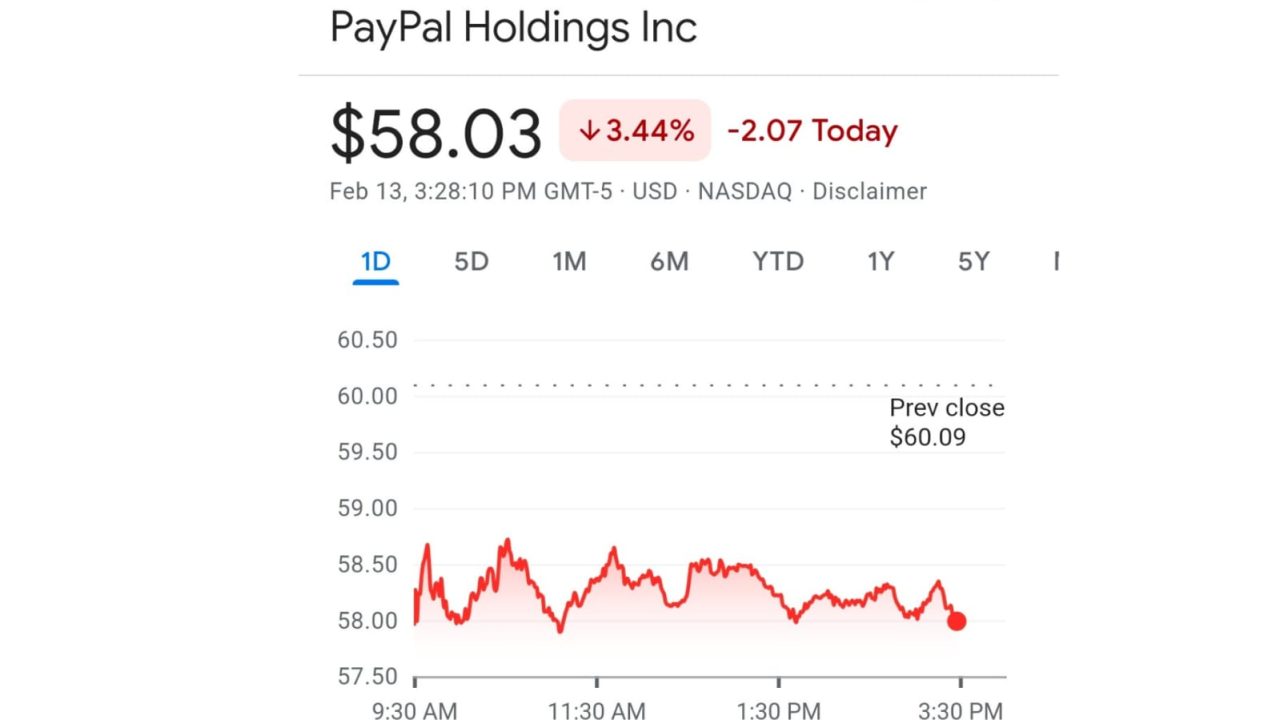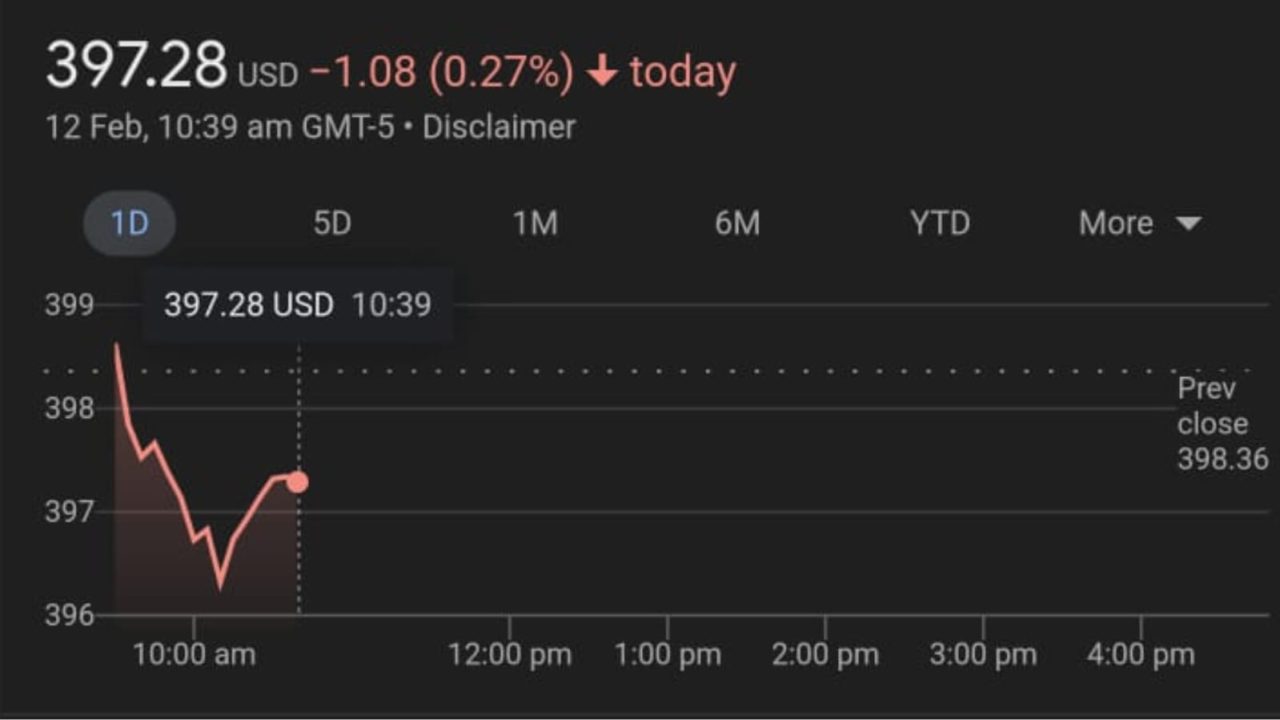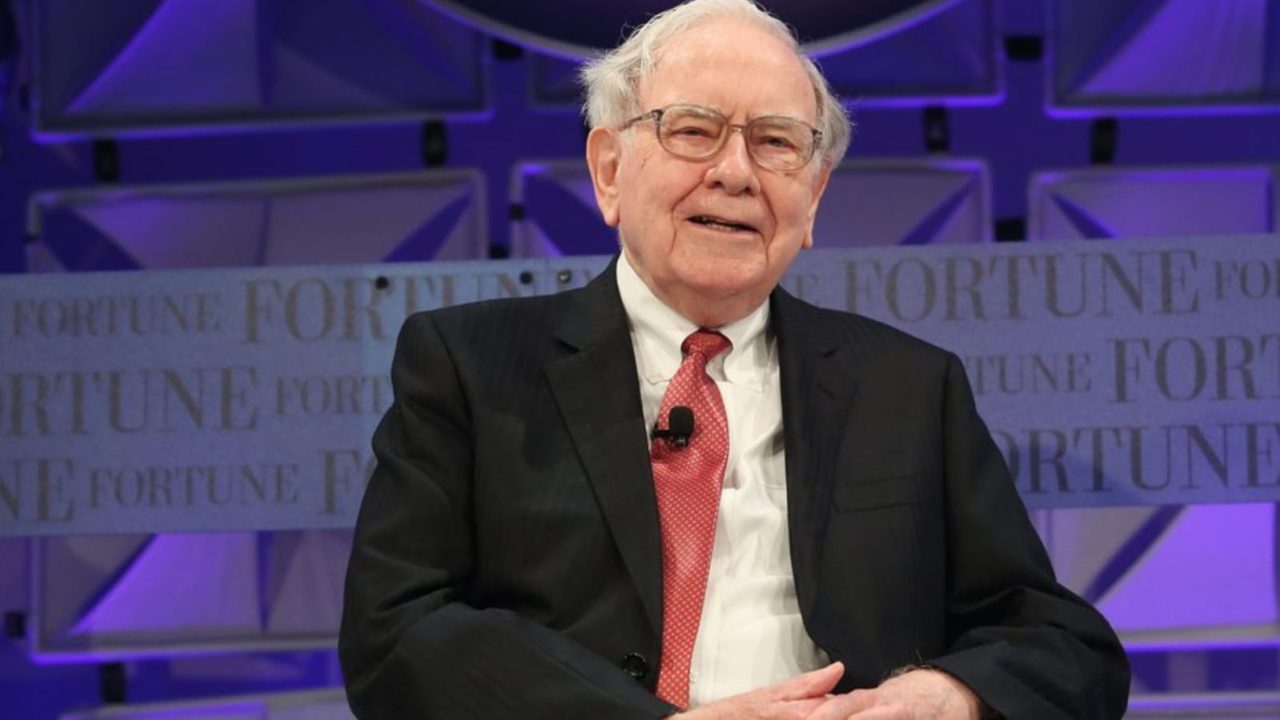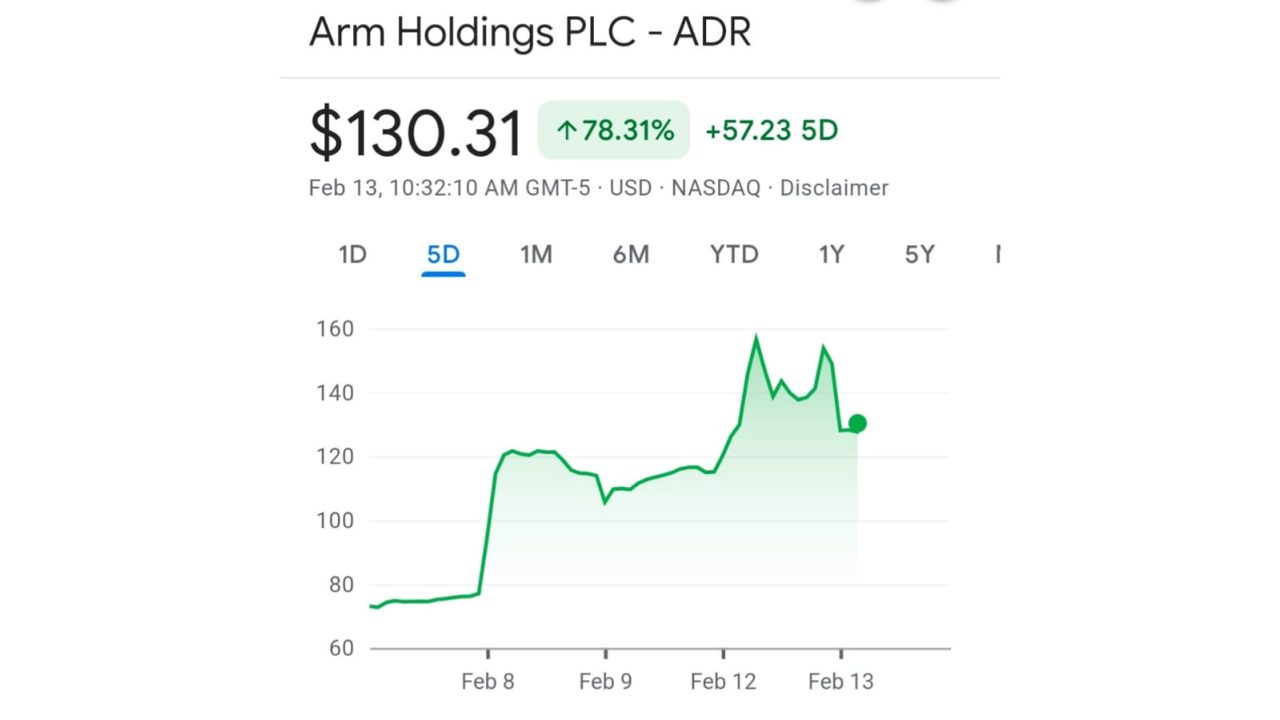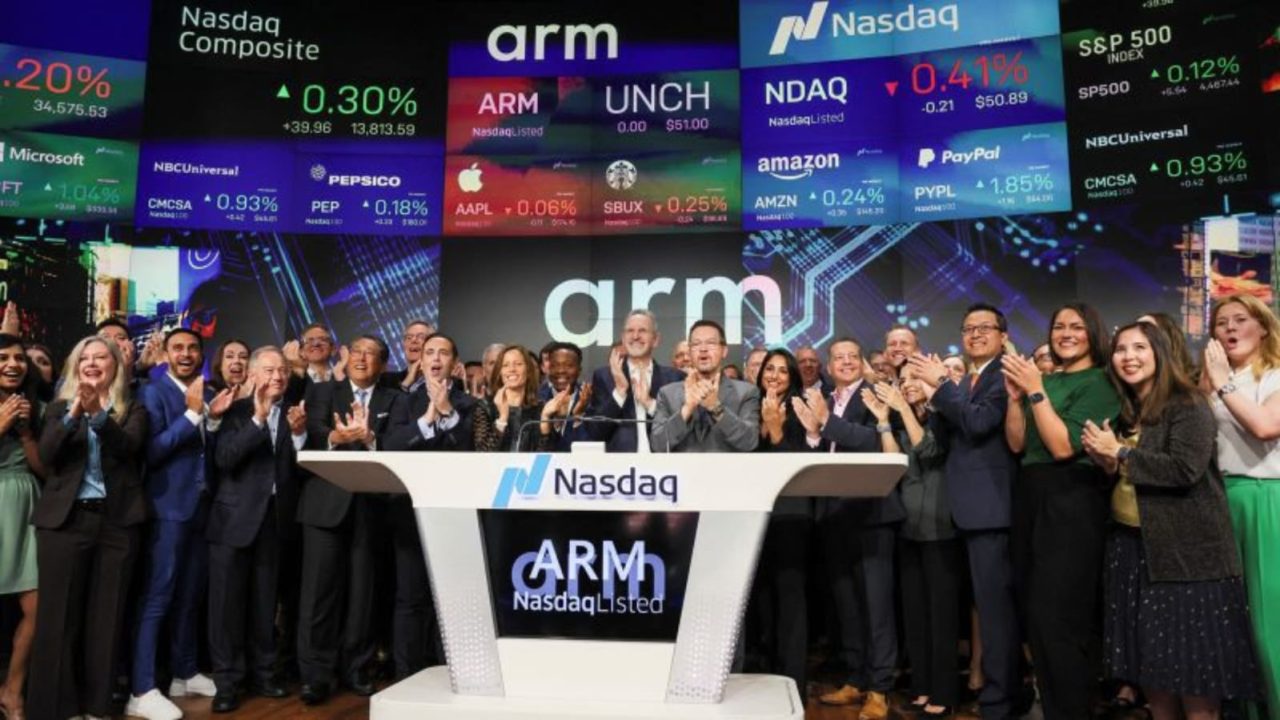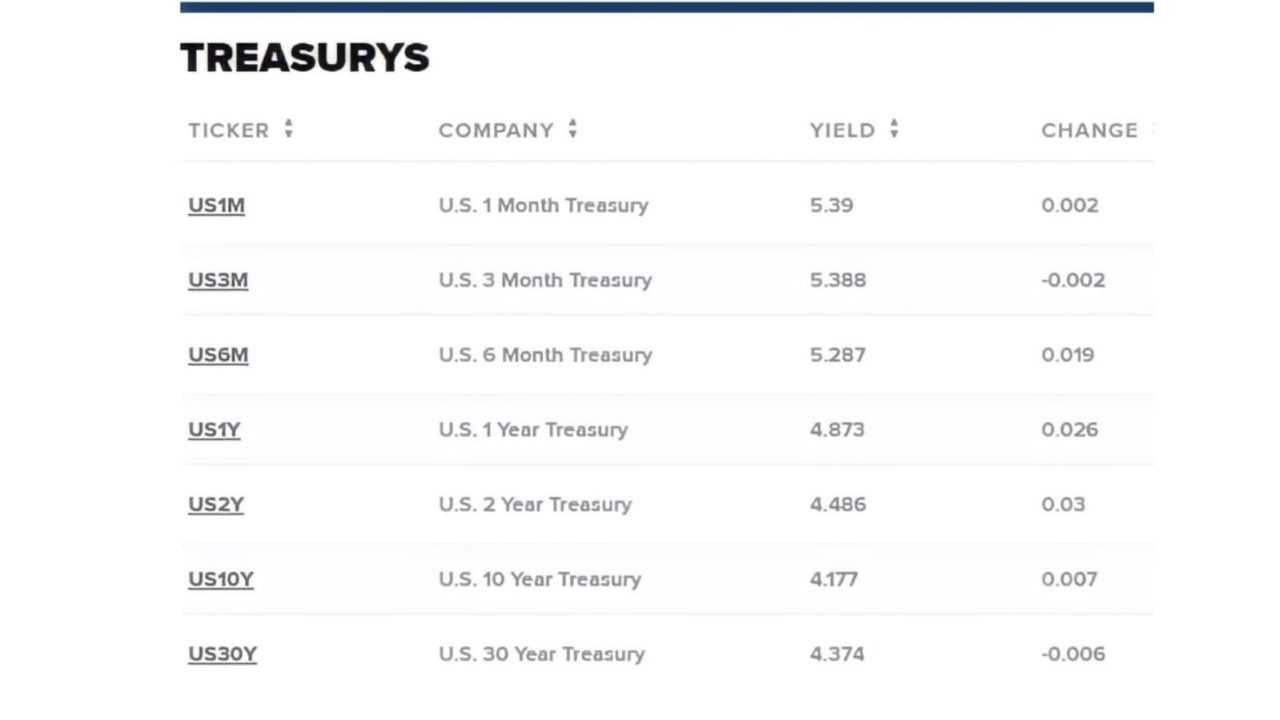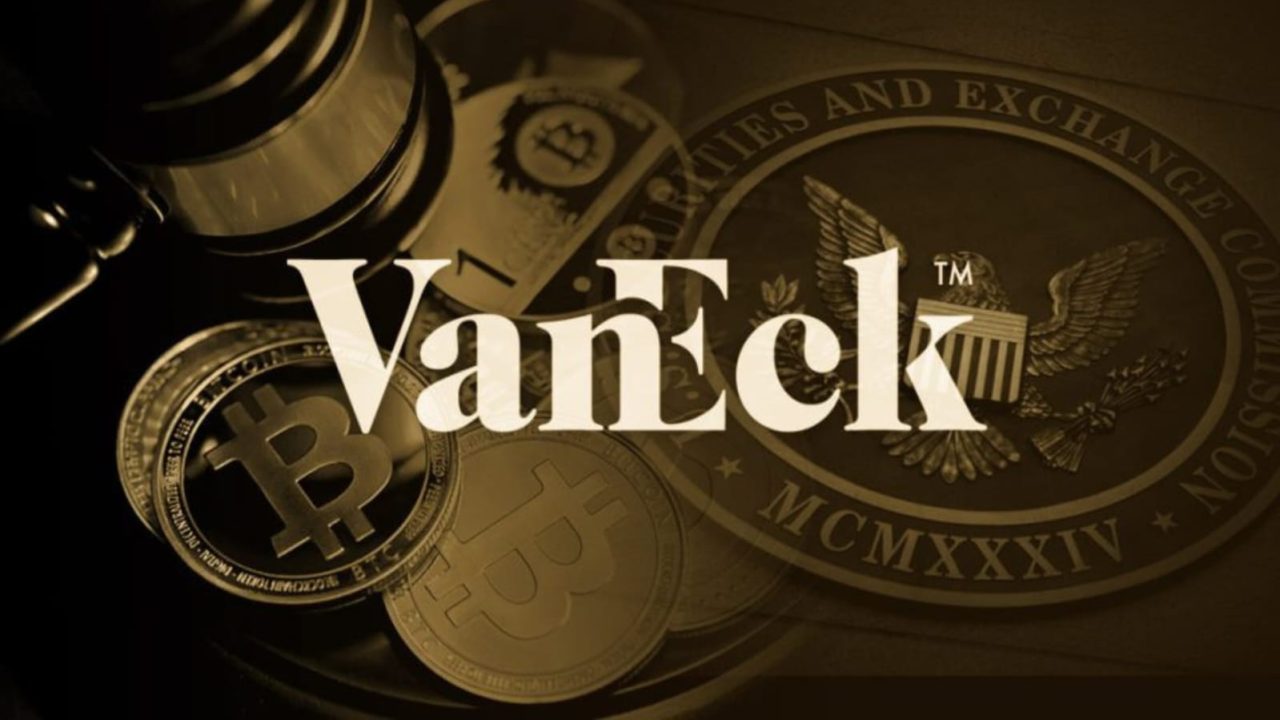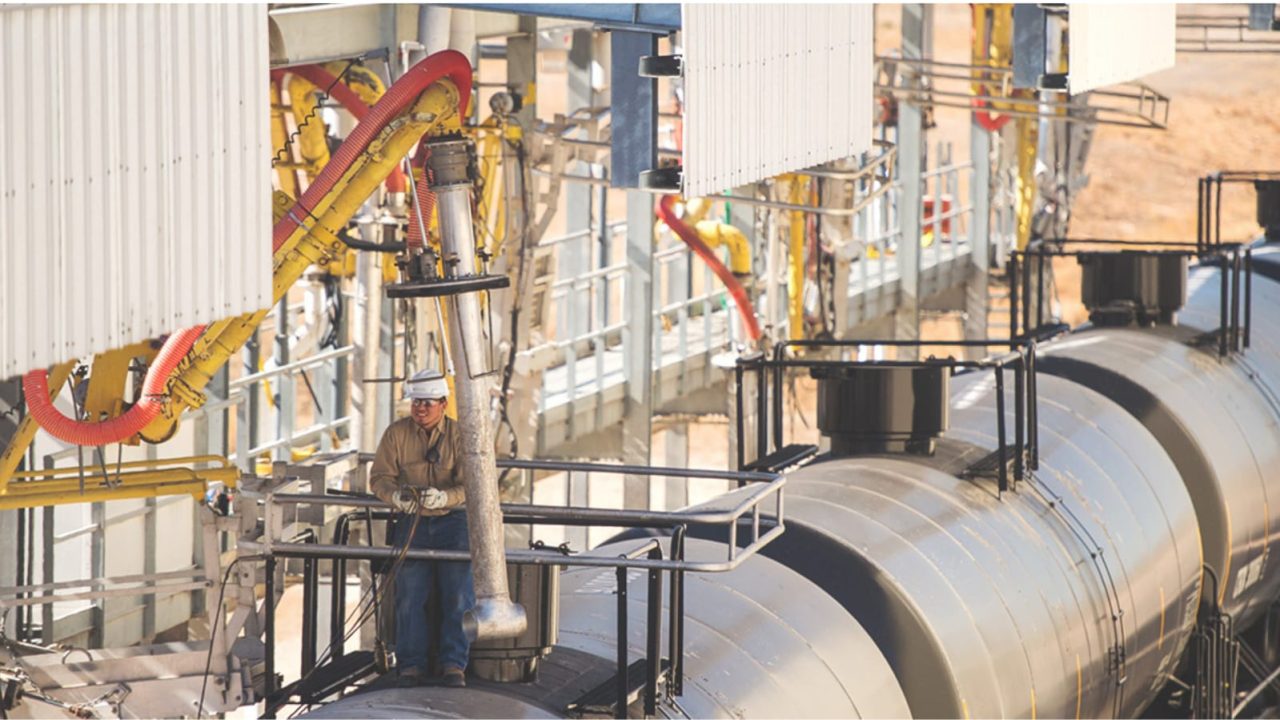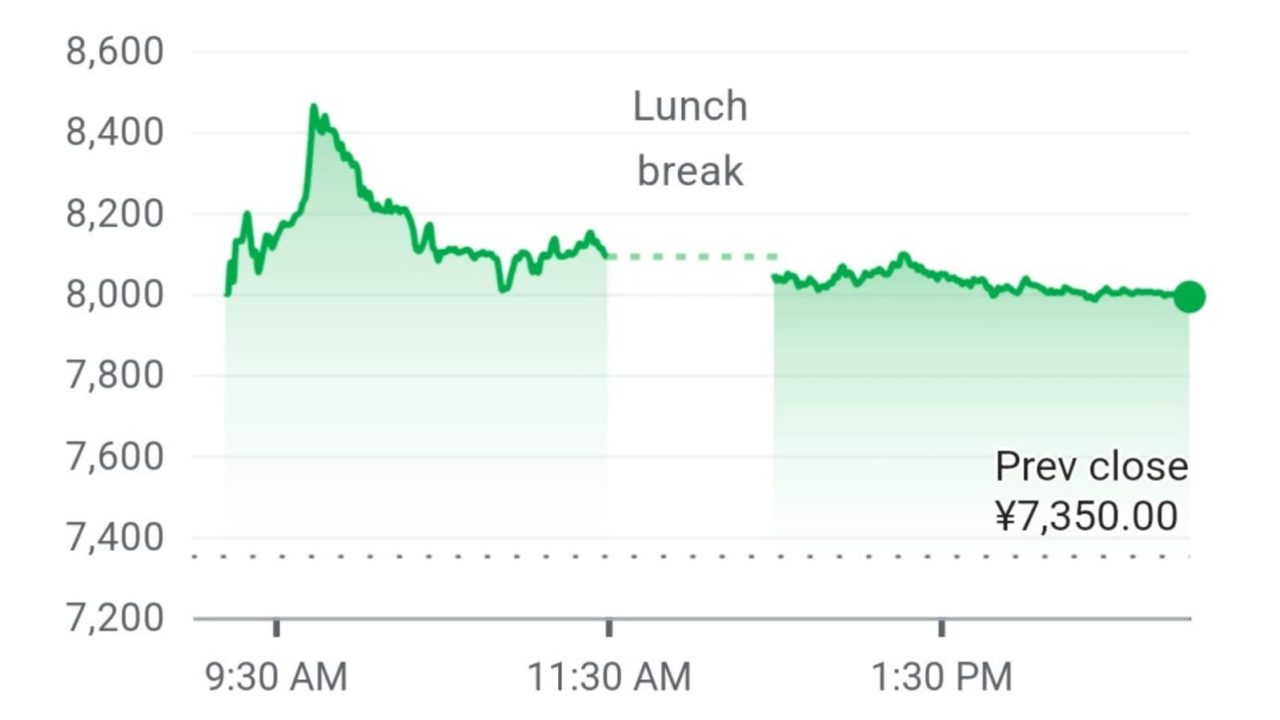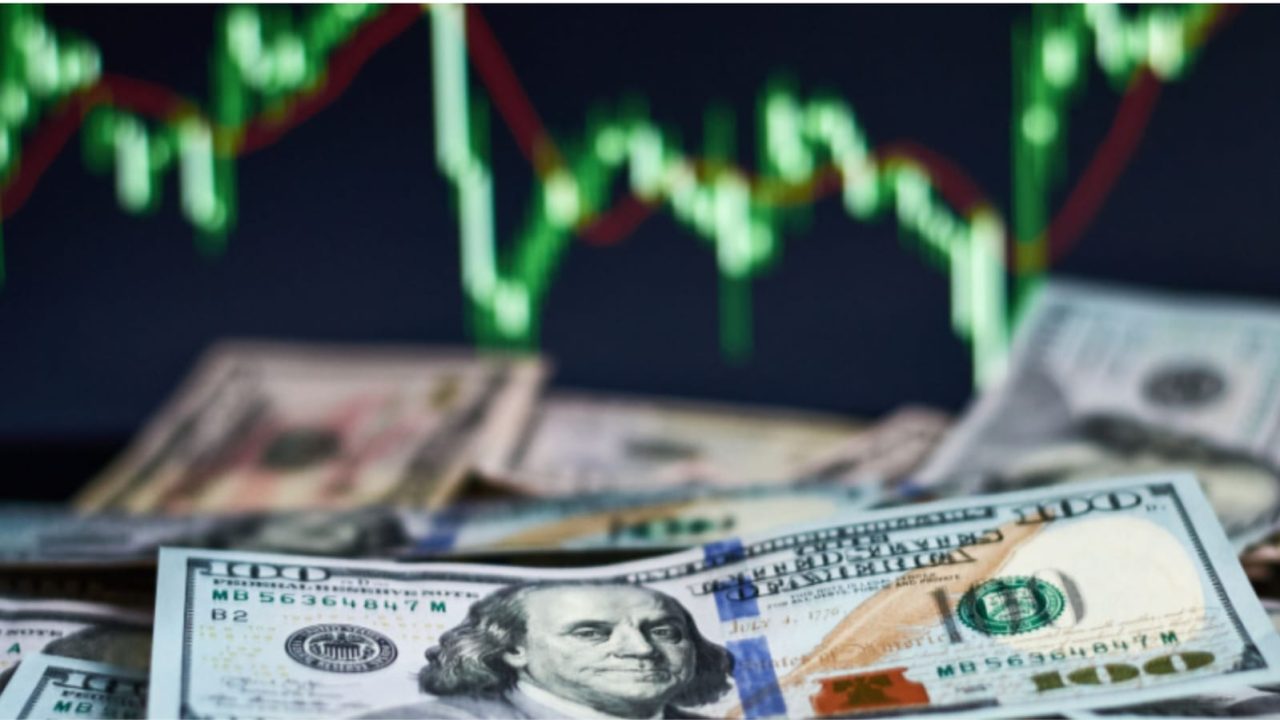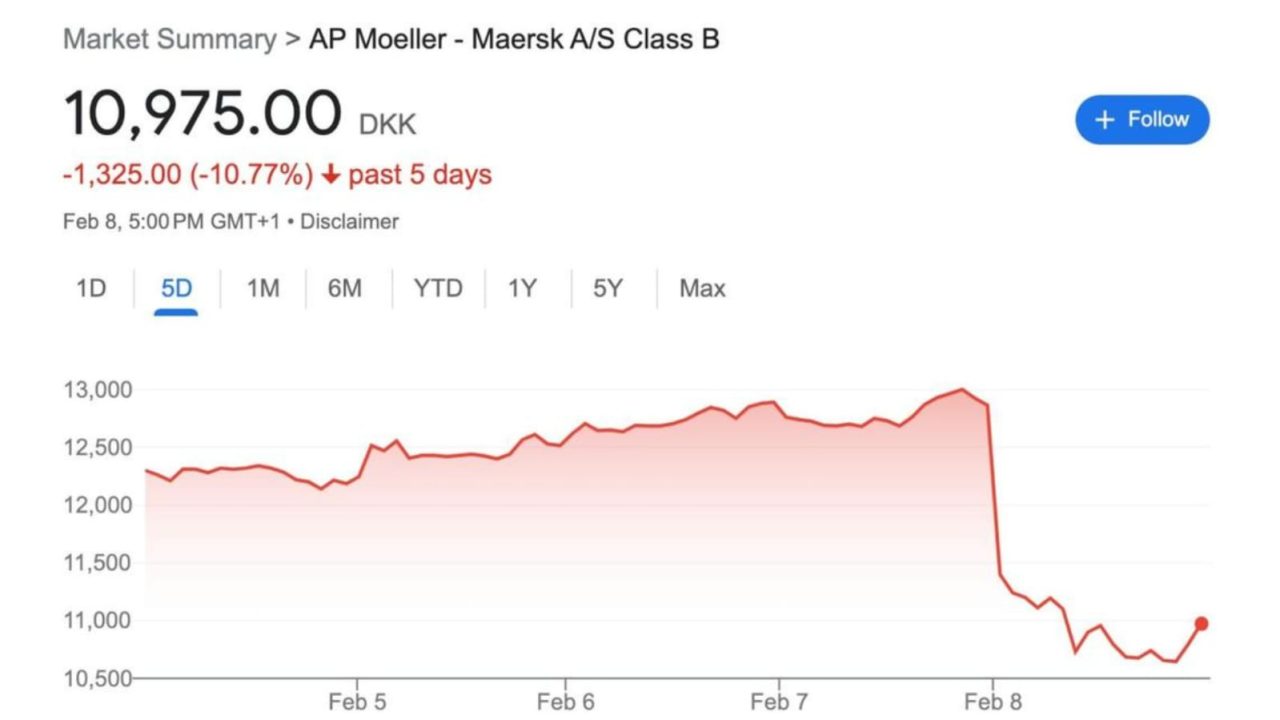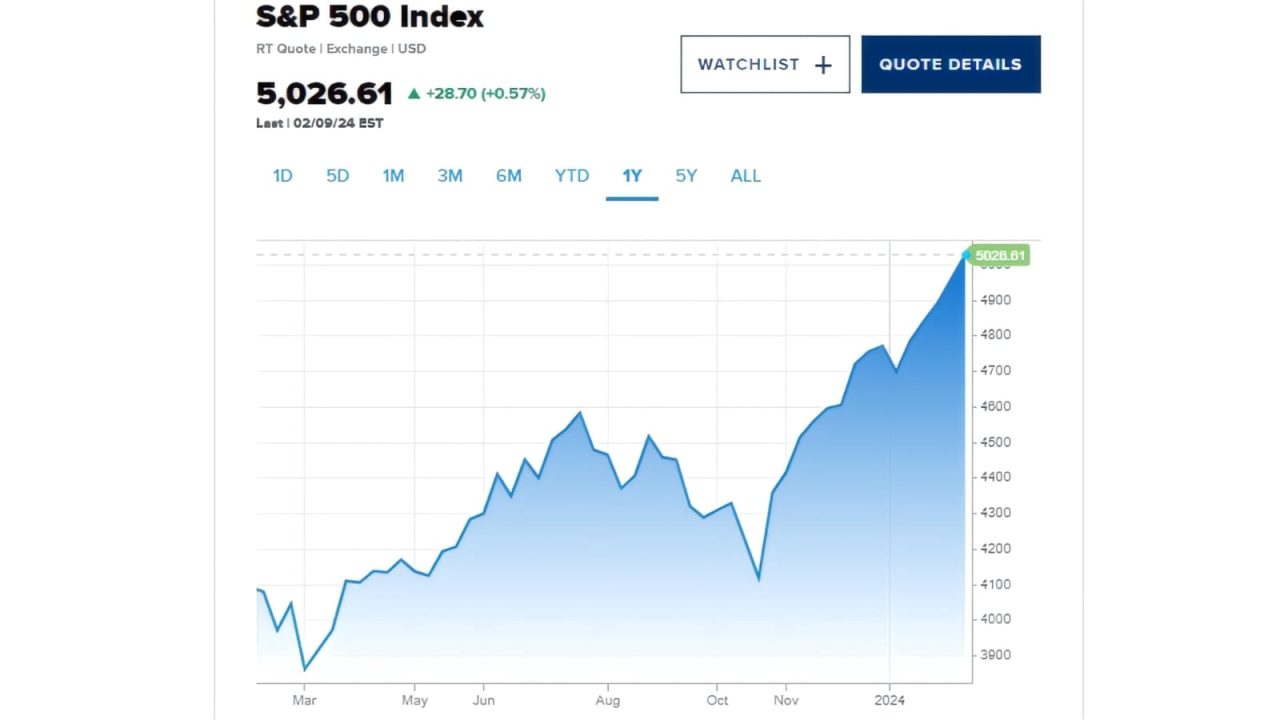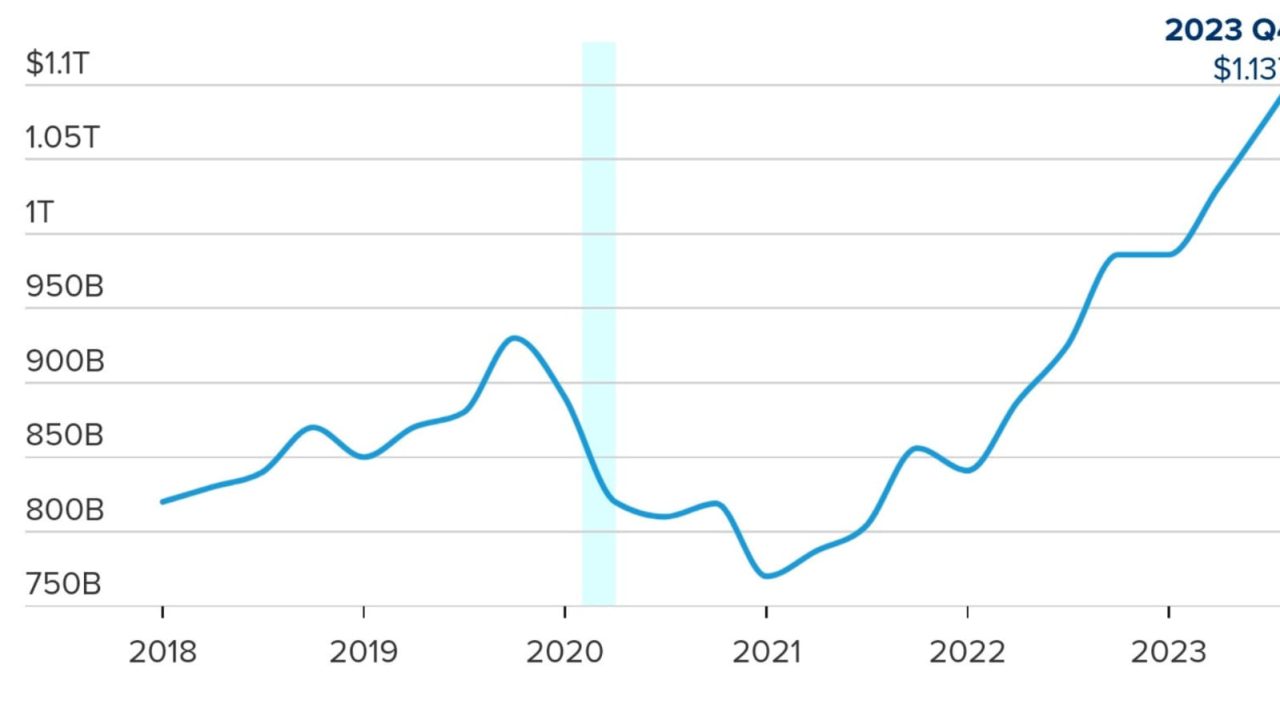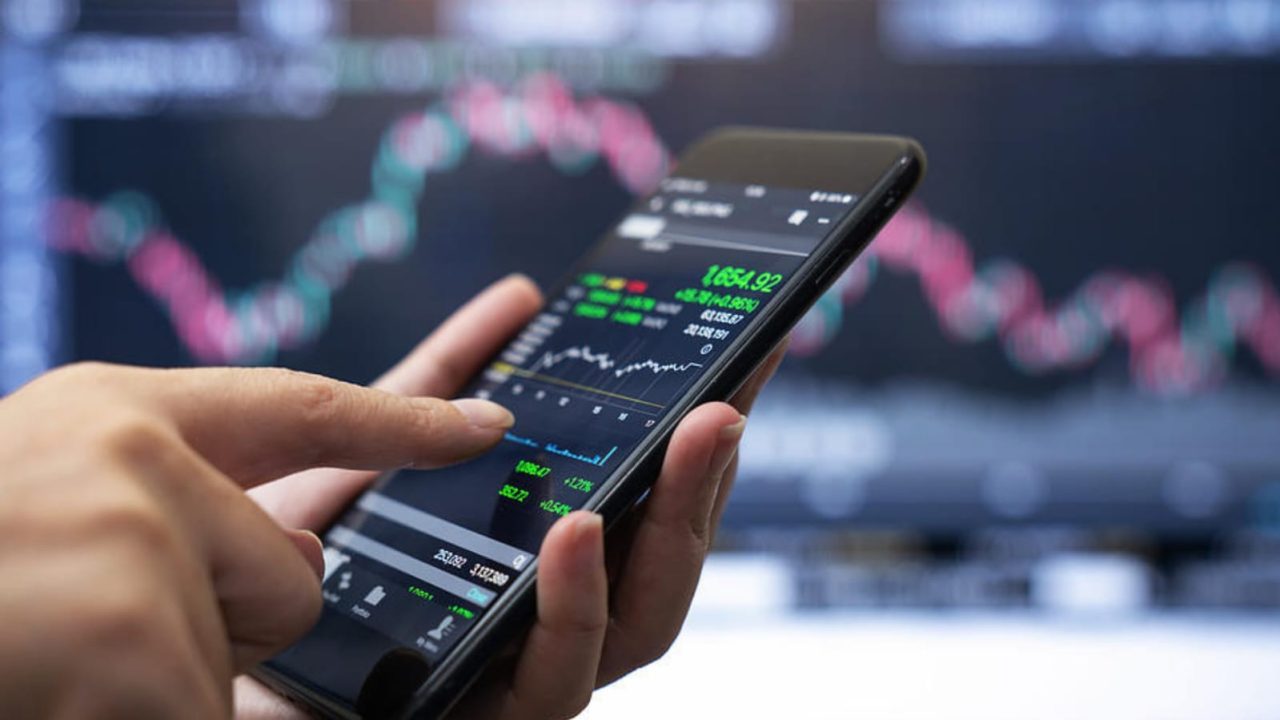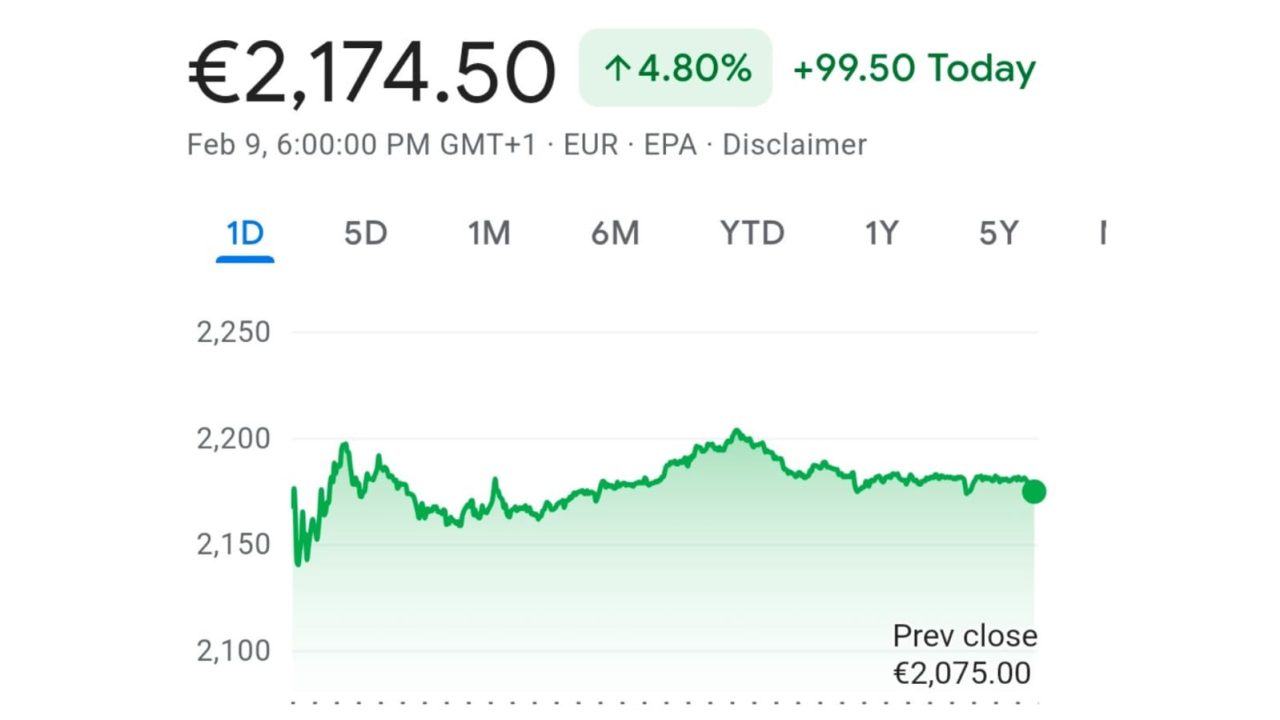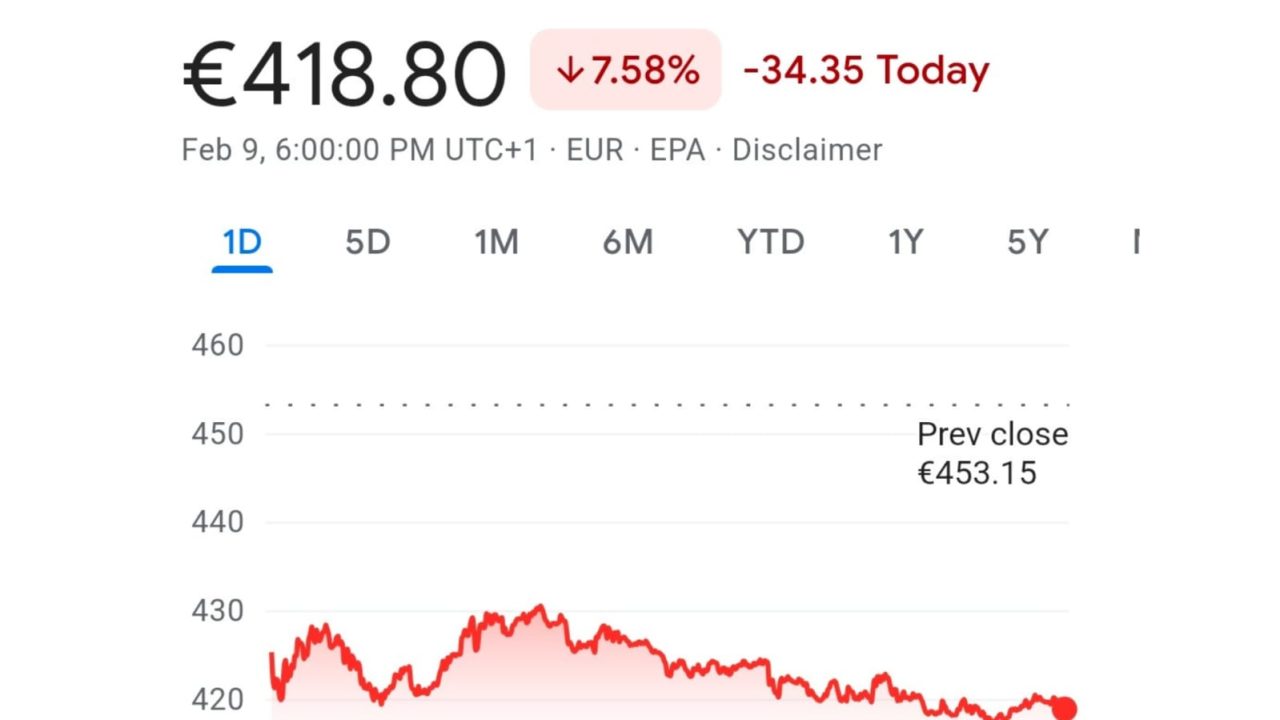Benchmark initiated coverage on Block, formerly Square, with a buy rating, noting a perceived “path to profitability.” The recent stock momentum is expected to continue due to increased management focus on profitability.
Loop began coverage on construction materials firm Knife River with a buy rating, highlighting a “self-help catalyst path.” The buy rating comes with an $81 price target based on 11 times FY25E EBITDA of $475 million.
Goldman Sachs reaffirmed a buy rating on Arista Networks, branding it an AI winner post-earnings. Though the 2024 revenue growth outlook remained unchanged, current guidance is seen as not fully reflecting potential benefits from recent increases in the 2024E hyper scaler capex outlook.
Morgan Stanley designated Ford as a top pick, suggesting that the ongoing decline in electric vehicle (EV) demand could prompt traditional OEMs to seek cost-saving measures.
Morgan Stanley began coverage of software firm Dynatrace with equal weight, indicating that while share gains are anticipated to persist, patience is necessary due to the company’s robust technology, product range, and consolidation prospects.
Redburn Atlantic Equities shifted United Airlines from buy to neutral, citing inflationary pressures and caution on long-haul supply.
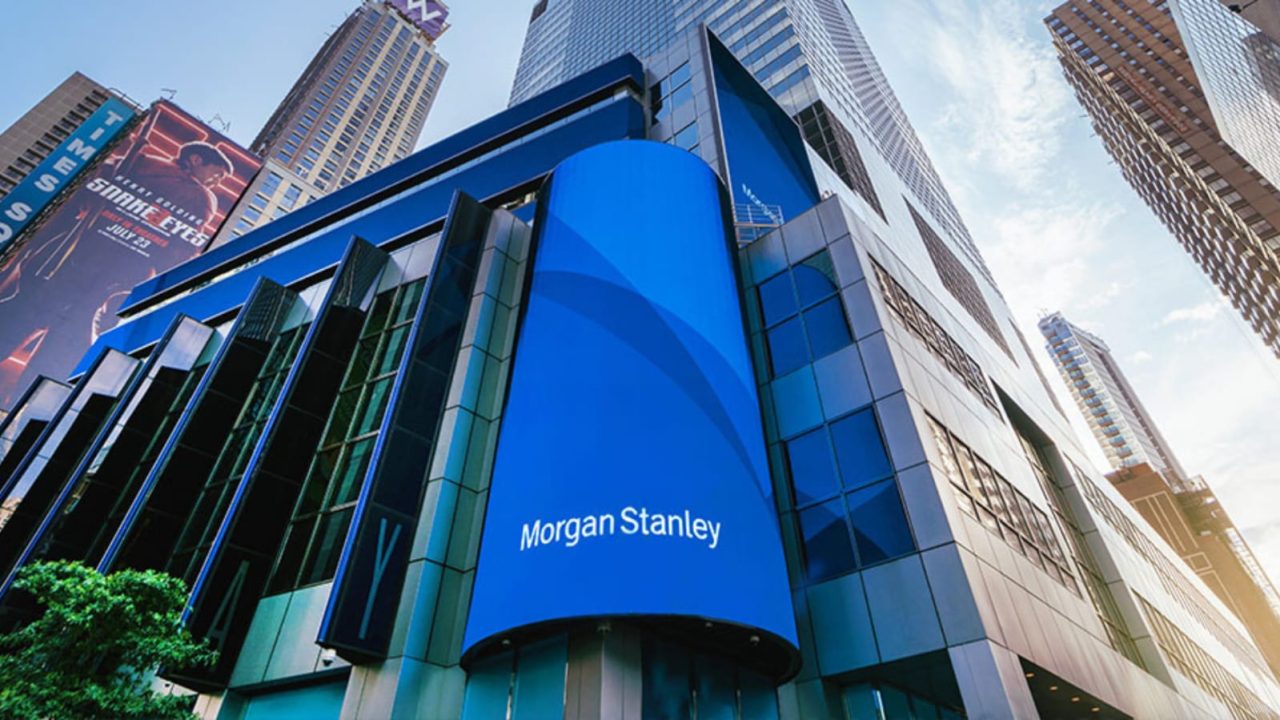
UBS upped Nvidia’s price target to $850, optimistic ahead of earnings.
Evercore ISI initiated coverage on NextEra Energy Partners with an outperform rating.
Susquehanna reaffirmed a favorable rating on Taiwan Semiconductor, highlighting its status as a long-term idea.
Piper Sandler elevated Trimble to overweight from neutral, envisioning a software-focused bullish scenario where recurring revenue dominates the mix, driving double-digit organic growth.
B Riley lowered Children’s Place to sell from hold, citing worries about the company’s “cycle of distress” and projecting a high likelihood of a share price decline to $4 or less within the next 12 months.
Bernstein restated Apple’s market performance, recognizing its pricing power in Apple Services.
Morgan Stanley reaffirmed an overweight rating on Disney, emphasizing its low-risk involvement in a sports streaming bundle.
Deutsche Bank reaffirmed Walmart as a buy, increasing its price target to $190 per share from $186 before earnings.
Citi upgraded GSK to buy from neutral, pointing to the pharmaceutical company’s recent commercial and pipeline successes.
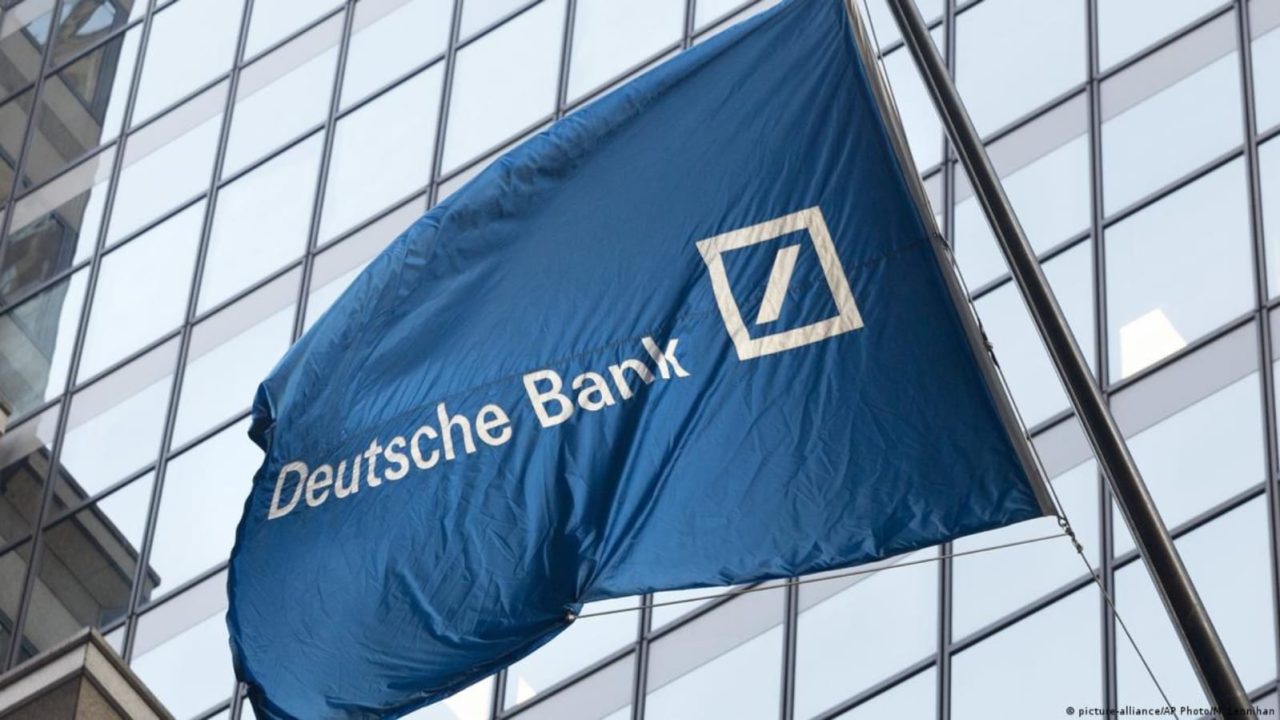
Evercore ISI commenced coverage on Quanta Services with a buy rating, optimistic about its prospects amid North America’s energy transition.
Bank of America downgraded Duckhorn Portfolio to underperform due to a premium wine segment slowdown.
Stephens began covering Enovis with an overweight rating, deeming its shares compelling.
Cantor Fitzgerald initiated coverage on Stratasys with a buy rating, anticipating growth from new product cycles and industry demand.
Morgan Stanley reaffirmed an overweight rating on Rivian, recognizing the necessity for significant funding to complete its Georgia plant.


